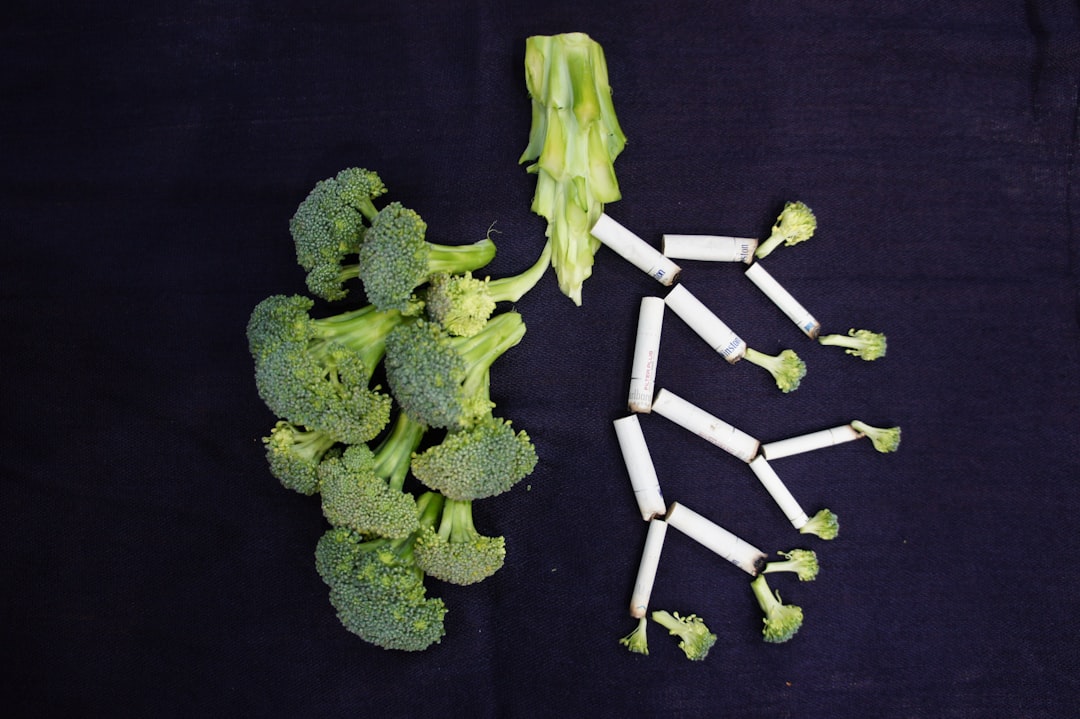What is it about?
We show that low pH strongly inhibits the ability of Zn2+ to inhibit proton currents.
Featured Image
Why is it important?
We model the competition between Zn2+ and H+, and find that the data require that Zn2+ binds to a site comprised of at least two titratable groups with a pKa of 6.5, strongly suggesting histidines. Seven years later when the HVCN1 gene was identified, Ramsey et al (2006) found that there were two externally-accessible His, and that they were both involved in binding Zn2+. Later still, Takeshita et al (2014) reported the crystal structure and showed that the crystal contained Zn2+ bound to these same two His.
Read the Original
This page is a summary of: Ph-Dependent Inhibition of Voltage-Gated H + Currents in Rat Alveolar Epithelial Cells by Zn 2+ and Other Divalent Cations , The Journal of General Physiology, November 1999, Rockefeller University Press,
DOI: 10.1085/jgp.114.6.819.
You can read the full text:
Contributors
The following have contributed to this page










